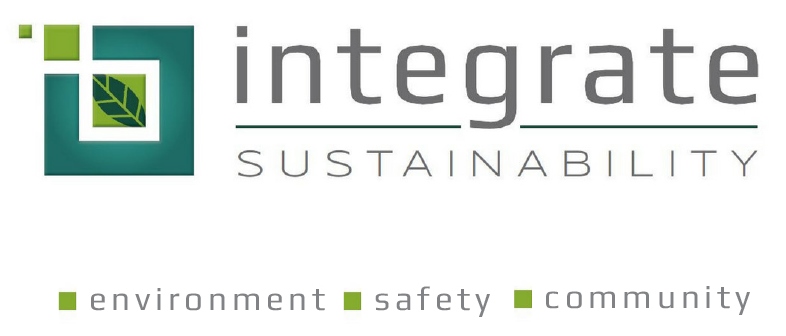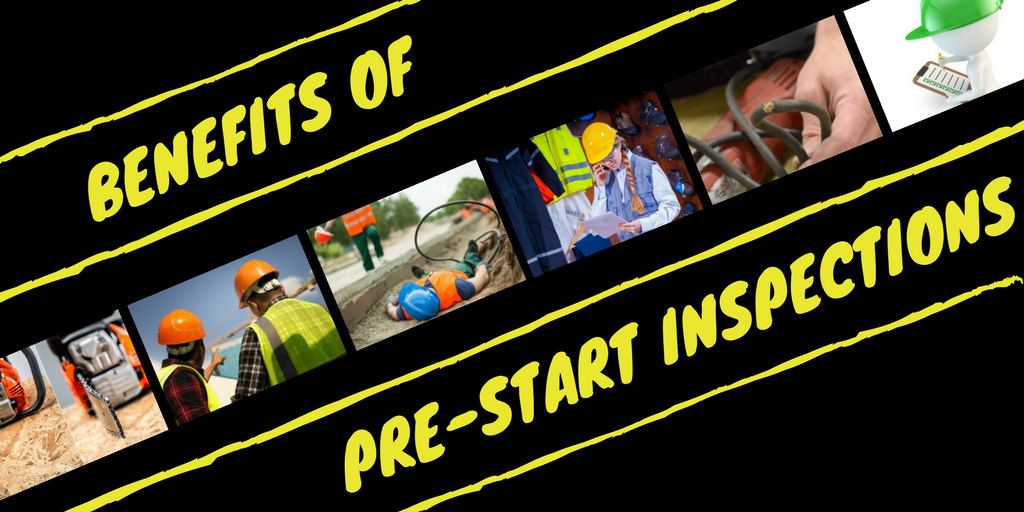Lawson Brandis – Environmental Specialist
In many industries involving the use of potentially dangerous equipment, it is standard procedure to conduct pre-start inspections. A pre-start inspection involves a routine examination of a piece of equipment by its operator, that is standardised via a checklist. Whether it be a light vehicle, heavy vehicle, mobile plant or tools, pre-start inspections are an important task with financial, and more importantly, safety implications. Pre-start inspection can potentially be the difference between life and death.
What Goes Into and Central Purpose of a Pre-start Inspection?
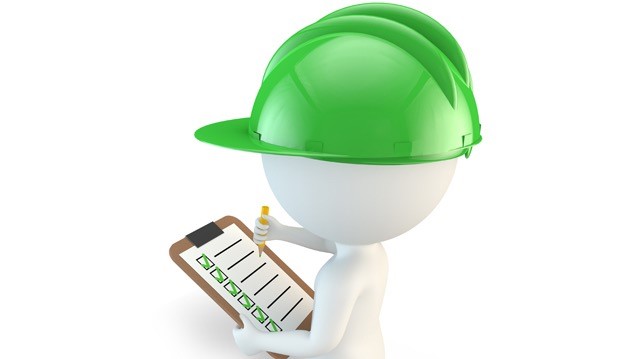
Despite the fact that most companies that require pre-start inspections use a customised pre-start checklist, most aspects of a pre-start inspection are common across different industries and companies. Even amongst different types of equipment there are similarities.
For light vehicles, heavy vehicles and mobile plant, a pre-start inspection generally involves checking for exterior damage, operation of lights (indicators, brakes, headlights, beacons, etc.), the condition of the engine. mechanics of the vehicle (fluids, hoses, fuel, etc.), odometer and safety equipment on the vehicle (first aid kit, fire extinguisher, etc.) are available and content is suitable should they be needed.
Due to the wide range of fix and portable tools that are used in industrial situations, the pre-start inspections for each tool will be customised for each tool. As with all pre-starts however, the general intent is to ensure the equipment is in good working order.
Financial Benefits
While the main objective of a pre-start inspection is for safety purposes, there are also financial benefits to conducting regular pre-starts.
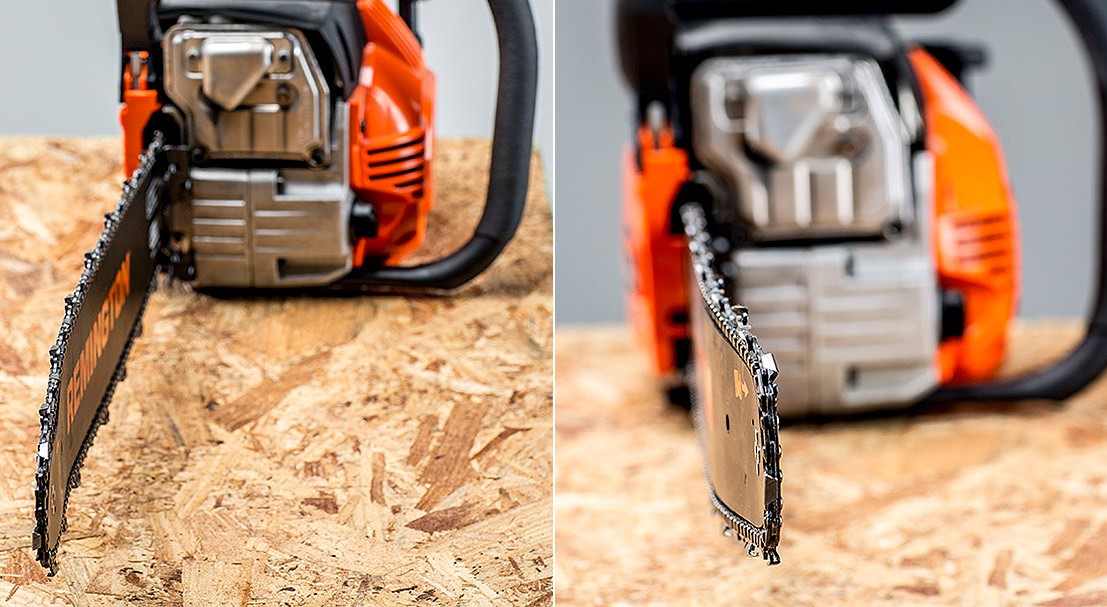
Regular inspections of equipment will result in the identification of minor issues before they have a chance to become major ones. For example, if you discover a small chip in a vehicle windscreen it can be fixed relatively cheaply, however if the chip wasn’t noticed and the vehicle continued to be used, that small chip could suddenly become a large crack, requiring the entire windshield to be replaced. This effect is amplified with more expensive parts and with companies that maintain large fleets of vehicles, mobile plant or tools.
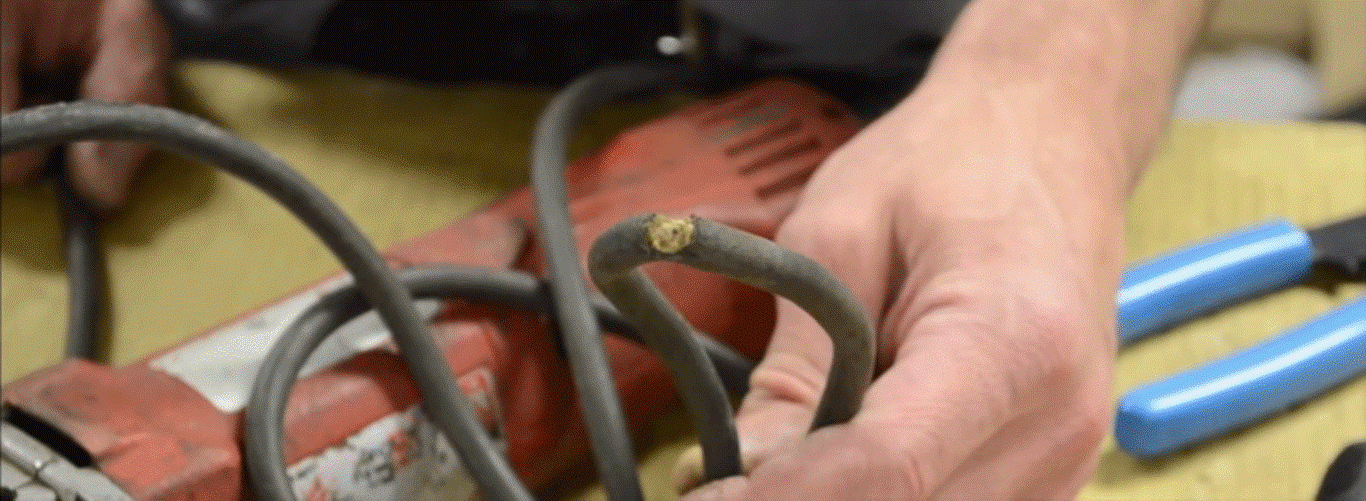
Another financial benefit of regular equipment inspections is minimised downtime. Often times minor issues, such as those identified during regular inspections, can be repaired on-site or in-house, or otherwise without much effort. More major problems are often more difficult to repair, and commonly require the piece of equipment to be sent away for maintenance. As an extreme but not uncommon example, unnoticed minor issues can develop in issues so major the equipment is no longer usable and must be totally replaced. This can lead to large financial outlays.
In remote areas all of these issues are amplified. Repairs cost more and maintenance and shipping of new parts takes longer. This can be avoided with regular pre-start inspections.
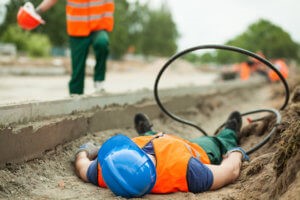
Safety Benefits
The main goal of regular pre-start inspections is to protect people. Industrial equipment such as various tools, mobile plant, light vehicles and heavy vehicles have the potential to cause serious injury and death if they aren’t maintained properly, so regular pre-start inspections form the foundation of their maintenance program and workplace safety. Often it is the small, unseen items that go unnoticed, but by implementing a thorough pre-start checklist all of these aspects can be inspected.
In addition to having financial benefits, identifying an issue while it is only minor helps to prevent workers being exposed to more significant risks such as catastrophic equipment failure and vehicle breakdowns in remote areas.
A common issue when it comes to safety in general, but specifically for pre-start inspection, is the ‘tick and flick’ mentality. Any actions performed regularly can lead to complacency and it’s easy to fall into the habitat of not performing thorough pre-start inspections. Some techniques for combating this complacency include:
- Engaging employees in the safety culture of an organisation or site through toolbox meetings, sharing safety cases and reinforcing why it is important to work safely.
- Performing safety inspections and audits. It is important however to not create a culture of blame when it comes to safety.
- Correct poor performance through initiatives such as mentoring, coaching and workshopping.

Another key factor for pre-start inspections to be effective; any issues identified need to be address by workers or reported to the relevant person within an organisation (fleet manager, supervisor, etc.) so that they can be adequately addressed. If pre-start inspection checklists are simply filed away and not actioned on then they are of no benefit.
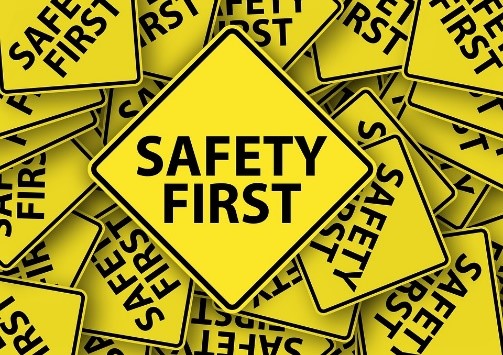
Pre-start inspections for industrial equipment is extremely important, they form the basis of equipment maintenance programs and also an organisation or site’s safety program. As an additional benefit to the safety aspect, pre-starts also have financial advantages, helping to identify any issues before they become major and costly while also minimising downtime.
If you or your company need assistance developing or reviewing your pre-start inspection checklists or implementing a pre-start inspection programme, please contact Integrate Sustainability on 08 9468 0338 or enquiries@integratesustainability.com.au.
